
The historic 2019 NBA offseason has closed the gap between the best and worst teams in the NBA. However, every team still has at least some small hole that they could improve before games get underway in mid-October. Here’s the biggest hole remaining for every team in the NBA for not just 2019-20, but for the next few years ahead.
Biggest Hole: Backup Point Guard

With the starting lineup all looking solid, the attention now turns to the bench where PG stands as the biggest weakness. Evan Turner is supposedly the go-to player when Trae Young needs a rest after being traded for Kent Bazemore in the offseason, but nobody else on the roster has PG capabilities. Even Turner has never played the PG position more than 2% of the time until this past season when Portland needed him to backup Damian Lillard. While he’s a solid defender, his playmaking and shooting leaves much to be desired.
Biggest Hole: Backup Power Forward

The entire Power Forward position could be considered the biggest hole in Boston, but if Hayward is able to bounceback this season like Danny Ainge believes he will, then their only flaw occurs when he’s no longer on the floor. Without a true backup PF, Brad Stevens will have to mix it up with Semi Ojeleye, Grant Williams, and Rob Williams playing some minutes at the 4. Even Hayward is a true SF forced to play PF with Kemba Walker, Marcus Smart, and Jayson Tatum also requiring starting roles. If the Celtics want to get past the first round this season, they’ll need to figure out how to get quality production and defense from the PF position.
Biggest Hole: Starting Power Forward

By going all-in on Kevin Durant and Kyrie Irving this offseason, the Brooklyn Nets swapped out exceptional depth for star power. It’s a sacrifice any franchise would make, but it still leaves them with a glaring hole at Power Forward. Rondae Hollis-Jefferson, DeMarre Carroll and Jared Dudley all left during free agency, forcing the unproven tandem of sophomore Rodions Kurucs and rookie Nicolas Claxton into the spotlight. Newly acquired Taurean Prince and Wilson Chandler can slide into PF in head coach Kenny Atkinson’s small-ball system, but Prince thrives more at the SF positon and Chandler isn’t starting material for a championship team. The championship clock doesn’t really start ticking until KD returns, but Atkinson should be hard-pressed to find someone to provide defense and rebounding at PF in his absence.
Biggest Hole: Starting/Backup Center

Where to begin with the Hornets? Slated to be one of the worst teams in the league next year, they’ve got needs at every position. At center in particular, however, it’s a dumpster fire of epic proportions. Starting center Cody Zeller missed considerable time last season, and barely-serviceable Bismack Biyombo and Willy Hernangomez will be free agents next summer. The Hornets made their big splash by signing Terry Rozier in the offseason and used past lottery picks on guards and forwards. They need to decide if they want Zeller, Biyombo or Hernangomez in their future and if not, act accordingly. Even if they do decide to keep one long-term, a starting-caliber replacement will likely be necessary for any real aspirations of winning.
Biggest Hole: Backup Small Forward

Despite finding themselves near the bottom of the standings last season, Bulls management got it together and shored up some of their issues in free agency and the draft. Free agent signings Thaddeus Young and Tomas Satorasnky are the perfect backups for Lauri Markkanen and newly drafted Coby White, who’s an explosive point guard that allows Zach Lavine to play his natural SG position. Despite his All-Star level contract, Otto Porter Jr. is still a talented small forward who registered a +7.0 on/off court per 100 possessions last season, yet his only backup is unproven second-round rookie Chandler Hutchison. Porter Jr. also has a player option in 2020, meaning the Bulls could be without a starting SF after this season. They should be looking for a 3-and-D wing in next year’s draft.
Biggest Hole: Backup Small Forward

Trying to fight their way out of the post-Lebron doldrums, the Cavaliers need a major shakeup at a multitude of positions. Considering the hole James left at small forward when departing for Los Angeles, however, Cleveland’s biggest need right now is depth at the 3. Cedi Osman started 75 games last season and boosted his averages in points, rebounds and assists, looking like he could be an answer as a starting-caliber SF, but backing him up is another story. If rookies Dylan Windler and Kevin Porter Jr. don’t pan out, Cleveland has no depth behind Osman. The Cavaliers should be looking for a forward who can stretch the floor and rebound to compliment the backcourt of Darius Garland and Colin Sexton.
Biggest Hole: Starting Small Forward

By swindling the Knicks out of a 24-year-old All-Star in Kristaps Porzingis and hitting the jackpot with ROY Luka Doncic, many consider the Mavericks a piece away from forming a formidable “Big 3” to compete for championships. Currently their starting small forward is a carousel of Justin Jackson, Dorian Finney-Smith and rookie Isaiah Roby, all unproven sophomores and rookies. Tim Hardaway Jr. primarily plays shooting guard and in the Western Conference, Doncic isn’t suited to guard the elite wings (Lebron, PG, Kawhi) the position requires. If the Mavericks want to take a leap forward in the coming years, they need to snag a small forward who can defend the wing at an elite level, keep Doncic at his more natural position of SG, and spread the floor for Dallas’ offense behind the Euro Duo.
Biggest Hole: Backup Small Forward

Top to bottom, the Nuggets are one of the deepest teams in the NBA, but there are questions at small forward. Will Barton, who is entering the last year of his contract, was thrown into the position last season after playing the majority of his career at Shooting Guard while sophomore Jarred Vanderbilt averaged a measly 1.7 points last year over 17 games. The No.1 ranked high-school prospect of 2017, Michael Porter Jr. is set to return after missing virtually the entire past two seasons with a back injury. Denver’s holding out hope he’ll shake the injury bug and become the foundational piece they envisioned, but they’ll need a small forward long-term if he can’t stay on the court.
Biggest Hole: Starting Shooting Guard

The Detroit Pistons have one of the bleakest outlooks in the NBA at the shooting guard position. They employed a three-man rotation of Bruce Brown, Langston Galloway and Svi Mykhailiuk last season, who averaged a combined 15.9 points on 37% shooting. Newly signed Derrick Rose actually played 69% of possessions last season at SG, so expect to see him and Reggie Jackson in the backcourt for stretches at a time. Rose will alleviate some of the scoring problems, but the Pistons had major struggles with three-point shooting and defending wings last season, neither of which is Rose’s forte. For the Pistons to break into the top tier of Eastern Conference teams, they need a stout wing defender who can assuage their three-point woes.
Biggest Hole: Backup Small Forward

With Andre Igoudala’s and Kevin Durant’s departure in free agency along with Klay Thompson’s ACL injury, the Warriors perimeter depth has quickly turned from a strength into a weakness. Sophomore Alfonzo McKinnie will be thrust into the spotlight on an already thin Warriors team, but the opportunity is his for the taking. His past lack of production is partly due to lack of opportunity; studs like Durant, Igoudala and Thompson held his spot in years prior. Behind him is Glenn Robinson and Eric Paschall, both unproven young players. With no reliable starter or backup, the Warriors will be at the mercy of opponents’ small forwards next season.
Biggest Hole: Backup Power Forward

One of the biggest breaks of the Rockets success over the past two years is the remarkable durability of PJ Tucker. He’s played 82 games each of the past two seasons and averaged a steep 38.7 minutes in last year’s playoffs. Sophomore Gary Clark struggled as a backup last season, so it’ll be on Danuel House to slide in power forward when Tucker needs a breather, except House is naturally a SF at 6’7″. Tucker is 34-years-old and indispensable to the Rockets defense; they’ll need him fresh for June for a shot at the title. It’s up to Daryl Morey to make the most of the veterans minimum and waiver wire to plug the gap, which he’s done successfully (Kenneth Faried, Austin Rivers) in the past.
Biggest Hole: Backup Power Forward

The Pacers had a top ten bench in the NBA last season but the loss of Thaddeus Young, their starting power forward, created some voids in their frontcourt depth. Domontas Sabonis played the sixth man role beautifully last season, but now that he’s a starter the Pacers are without a quality backup power forward. T.J. Leaf, Alize Johnson and Goga Bitadze are unproven, but will be given the chance to crack the rotation. A sleeper acquisition is JaKarr Sampson, who averaged 20 points in four games with the Bulls last season. It’s likely an apparition, however, as Sampson’s career average previously was just 5.1 points.
Biggest Hole: Starting Shooting Guard

One of the deepest teams in the NBA, opponent’s envied the Clippers bench last season. Much like the Brooklyn Nets, however, they had to sacrifice some of that depth to acquire superstars this summer. The loss of Shai Gilgeous-Alexander and Avery Bradley has thrown their guard rotation into slight disarray, and they need depth especially at Shooting Guard. It’s unclear if Landry Shamet is starter-worthy, considering his passive offensive tendencies, defensive deficiencies and the fact he actually played small forward most his rookie season. Lou Williams will obviously shoulder some of the load, but he’s also tasked with playing the reserve point guard as well. An upgrade at shooting guard would complete this Clippers roster, but they’re pretty damn good anyway.
Biggest Hole: Backup Forward

The Lakers have one of the most intriguing rosters in the NBA. They’ve got star power with Lebron, AD and Demarcus Cousins, but behind those studs and Kuzma is a random assortment of journeymen and second-chances alike. At the forward position especially, the Lakers depth is highly questionable. Starting small forward Kyle Kuzma’s only backup is 34-year-old Jared Dudley, who played only 59 games last season. Kostas Antetokounmpo, who was claimed off the waiver wire and only appeared in two games last season, will back up Anthony Davis. Behind the glitz and glamor of their starting lineup, the Lakers lack of bench options at the forward position will be the main hindrance to their championship aspirations.
Biggest Hole: Starting Shooting Guard

With the young core of Ja Morant and Jaren Jackson Jr. in mind, the Grizzlies are relying on Dillon Brooks after he only appeared in 18 games last season. Hopefully a change of scenery will revitalize newly acquired Josh Jackson, but his efficiency numbers are startlingly low: he had the 3rd worst EFG% (45.6) in the entire league last season. Grayson Allen has shown flashes, like the 40-piece he dropped last April, but it’s unlikely he’ll ever be a quality starting contributor. The best approach for Memphis would be tank another season away and find a stud shooting guard in the draft; someone like Anthony Edwards.
Biggest Hole: Backup Point Guard

No debate on this one, the Miami Heat are desperate for a point guard. Last season, 32-year-old Goran Dragic had his lowest points output since 2011, and the second-worst eFG% of his entire career. Dragic is in the last year of his contract, and Miami already engaged in trade talks for him during last season. He’s got no true backup, meaning Dion Waiters and rookie Tyler Herro will need to run the point when Dragic hits the bench. Jimmy Butler will be forced to bring the ball up on some possessions, but don’t expect it to be a regular occurrence. The Heat have one of the worst cap situations in the league; they have to find a gem in next years draft or trade for an established player in order to solve their point guard conundrum.
Biggest Hole: Backup Shooting Guard

Facing the loss of Malcolm Brogdon in free agency, the Bucks are in the market for a backup shooting guard. Swapping Brogdon for Wesley Mathews fills the immediate need for a 3-and-D wing, but Brogdon’s historic efficiency and playmaking was an underrated element in Milwaukee’s lethal offense. Surrounding talent will overshadow backup Pat Connaughton’s deficiencies in the regular season, but like last season, he’ll mostly become a non-factor in the playoffs as the stakes increase. A deadeye from long-range, Kyle Korver warps the defense in way only few players can, but his defense has gotten progressively worse with age. The Bucks still have a very complete roster, but adding a backup shooting guard would be the icing on the cake.
Biggest Hole: Starting Power Forward

The Timberwolves lost both Taj Gibson and Dario Saric in the offseason, two of their biggest contributors at power forward. Newly signed Noah Vonleh will supplant some of their scoring and rebounding, but him and Karl Anthony-Towns have eerily similar playing styles. Both score 50% of their points in the paint, 20% from the line and nearly all of their three’s were assisted. Vonleh is a well-rounded player, but there’s potential for positional overlap. Jordan Bell has no business playing PF, and sophomore Keita Bates-Diop only appeared in 30 games last season. Vonleh is only signed to a one-year deal, meaning the Wolves should be actively searching for a small-ball power forward to compliment Karl Anthony-Towns versatile skill set.
Biggest Hole: Backup Power Forward

Formerly a mishmash of role players surrounding transcendental talent Anthony Davis, the Pelicans upgraded the entirety of their roster to feature a quality starter and backup at every position, the only exception being power forward. Zion Williamson is clearly the future, but the departure of Julius Randle and Nikola Mirotic makes them thin at that position. Currently Darius Miller is slated as the backup on the depth chart, but he played 63% of possessions at small forward last season, while second-round pick Nicolo Melli is better suited at small forward as well. With all this in mind, the Pelicans championship window hasn’t even opened yet; they’ve got plenty of draft picks from the AD trade to add even more depth going forward.
Biggest Hole: Backup Center

Despite striking out on nearly every big-name free agent, the Knicks managed to fill out their roster with an emerging star in Julius Randle and role players on short-term contracts. They doubled down by signing four power forwards, with the only one that has a history of playing the 5 being being Bobby Portis. He’s spent his career switching back and forth between the two positions; head coach David Fitzdale will utilize him as a center. Starter Mitchell Robinson is someone to pay attention too, as his per 36 numbers earned him second-Team All-Rookie honors last season. In an Eastern Conference battle featuring Joel Embiid, Al Horford and Giannis Antetokounmpo, rim protection is essential to survival, especially for a “fringe” playoff team like the Knicks.
Biggest Hole: Starting Small Forward

Paul George’s departure didn’t just leave a hole at small forward, it created a chasm in the Thunder’s entire game plan. He was their best player offensively and defensively, ranking second in the league in MPG and fifth in plus-minus of players that averaged at least 32 MPG. Replacing him at SF is Andre Roberson, who missed all of last season and is holding on to the starting job by a thread. The acquisition of Danilo Gallinari provides some flexibility, but they need him at power forward just as badly. With no-names Abdel Nader and Deonte Burton bringing little to the table, the Thunder will search for their franchise forward of the future in the coming drafts with their bounty of draft picks.
Biggest Hole: Starting Small Forward

For the time being, the Magic will have to depend on Jonathan Isaac to start at small forward. Maybe the 2017 6th overall pick will surprise people next season in his age-22 season, but the game tape doesn’t suggest it so far. He’s played virtually his entire career at power forward, is a below par three-point shooter, and doesn’t posses the skill set to be a perimeter player. The options at backup are even worse, with career 4.4 PPG scorer Wesley Iwundu and rookie Chuma Okeke, recovering from a torn ACL, holding down the bench. Aaron Gordon will play some minutes at the 3, but Orlando needs to figure out a long-term solution in the draft or via trade if Isaac doesn’t show signs of improvement in a pivotal third season.
Biggest Hole: Backup Center

The 76ers went BIG in free agency, physically and figuratively, albeit at the expense of a reliable bench. They’ve got depth issues across the board, but the hole at the backup center position is the most pressing. The 76ers had a +10.4 plus/minus last regular season when Embiid was in the lineup vs. when he wasn’t, and that number ballooned to +41.6 in the playoffs. They’ve got to find a way to stay afloat when he’s off the floor. Al Horford sliding into center creates a void at power forward, and Jonah Bolden’s and Kyle O’Quinn’s production don’t exactly inspire hope either. With no reliable option behind Embiid, the 76ers better hope their stacked starting five can mask its lack of a bench.
Biggest Hole: Backup Small Forward

The Suns spent $17MM a year in an attempt to solve their starting point guard catastrophe via trade and free agency, now they’ve got to shift their focus to the bench, most specifically at backup small forward. Phoenix signed Kelly Oubre Jr. to the tune of two-years, $30 million dollars, meaning the backup role falls on the shoulders of Mikal Bridges. Switching between power and small forward last season, Bridges averaged 10.2 points on 43% shooting per 36 minutes last season, but showed promise on the defensive end. Only entering his sophomore campaign, it’ll take time before he’ll make major winning contributions. Luckily for him, winning might not be Phoenix’s biggest priority this season.
Biggest Hole: Starting Power Forward

Now that Al-Farouq Aminu signed with Orlando, Portland is forced to throw Zach Collins into the deep end despite starting just one game out of his career 143. However, Collins played almost half his minutes at power forward last season and his per 36 numbers (13.6 points on 47% shooting) are an encouraging sign. The fit with Hassan Whiteside might get cramped, giving career 37% three-point shooter Anthony Toliver a chance to crack the regular rotation. Neither option is very promising, but given their salary cap and likely draft status, there’s no big-time replacement coming anytime soon.
Biggest Hole: Backup Shooting Guard

A fringe playoff team a year ago, the Kings young core of is set to explode in Year 1 of the Luke Walton era. The talent up front is undeniable and although the bench was one of the best in the NBA last season, Buddy Hield doesn’t have a reliable backup going into 2019-20. The Kings drafted guards Justin James and Kyle Guy with the 40th and 55th picks in the draft, who are both far from a guarantee, as with any rookie 2nd Rd pick. Cory Joseph can slide in at shooting guard on occasion, but his lack of shooting doesn’t mesh well with slasher/creator De’Aron Fox. The team leader in minutes played, Hield will be pushed to the limit as the Kings make a run at the eight seed in the West.
Biggest Hole: Backup Power Forward

In typical Spurs fashion, San Antonio enters the 2019-20 season with a nearly complete roster, highlighted by the return of Dejounte Murray. They’ve got two all-star caliber players in DeMar Derozan and LaMarcus Aldridge, but are thin at power forward. Gregg Poppovich has utilized Rudy Gay effectively the past two years, but he’ll be 33 at the start of the season. Behind him, the Spurs will depend on a three-man rotation of Trey Lyles, Luka Samanic and Chimezie Metu, with Lyles being the most likely to separate from the pack and contribute on a regular basis. Coach Pop will extract all he can out of those three, and let’s not underrate Tim Duncan’s coaching insight this season either; he knows a thing or two about playing Power Forward.
Biggest Hole: Shooting Guard

As if Kawhi leaving wasn’t bad enough, the Raptors must also address the loss of 80-game starter Danny Green. Kyle Lowry will see some minutes at the 2 with Fred Van Vleet playing point, but Head Coach Nick Nurse will mainly lean on Norman Powell. An explosive athlete, Powell managed to crack the eight-man playoff rotation of the best team on the planet last season: not bad. From an efficiency standpoint Powell had a career-year, but its unclear how the increase in shot volume will affect him. Three-time champ Pat McCaw hasn’t shown much thus far into his career, and despite his ridiculous catch-and-shoot ability, rookie Matt Thomas likely isn’t the solution either. The Raptors ceiling this season is a second-round exit, but fans in the 6ix won’t be as disappointed this time around since last year’s banner hangs forever.
Biggest Hole: Backup Small Forward

Through free agency and trade, the Jazz have put together arguably the most top-to-bottom complete roster in the NBA. With the loss of Jae Crowder, however, they’ve got a minor issue backing up newly signed Bojan Bogdanovic. Currently, Royce O’Neale is coming off the bench, who is looking to build upon an 82-game sophomore season where he averaged 5.2 PPG on 57.4% eFG. Joe Ingles and Jeff Green will naturally bolster the bench at the forward position, but they’re needed at the 4 to ease the team’s loss of Derrick Favors. Despite the lack of depth at the position, Quin Snyder will figure it out: he can cook a meal with whatever ingredients he’s given.
Biggest Hole: Backup Small Forward

With the departure of Jeff Green, Trevor Ariza, Otto Porter Jr. and Kelly Oubre Jr. within the span of the last year, the Wizards are severely depleted at forward now. Troy Brown Jr., the 15th overall pick in the 2018 draft, will step into the starting role after averaging only 4.8 PPG last season. Head Coach Scott Brook didn’t play Brown Jr. till the end of last season, where he showed flashes of the productivity albeit in throwaway games for ping-pong balls. C.J. Miles suffered another injury setback in July, meaning backups Isaac Bonga and Admiral Schofield will be expected to contribute whether they’re ready or not. While they wait another year for John Wall to return, the Wizards need to instill stability alongside Bradley Beal if they want him to re-sign.
Like this article? Share with your friends!
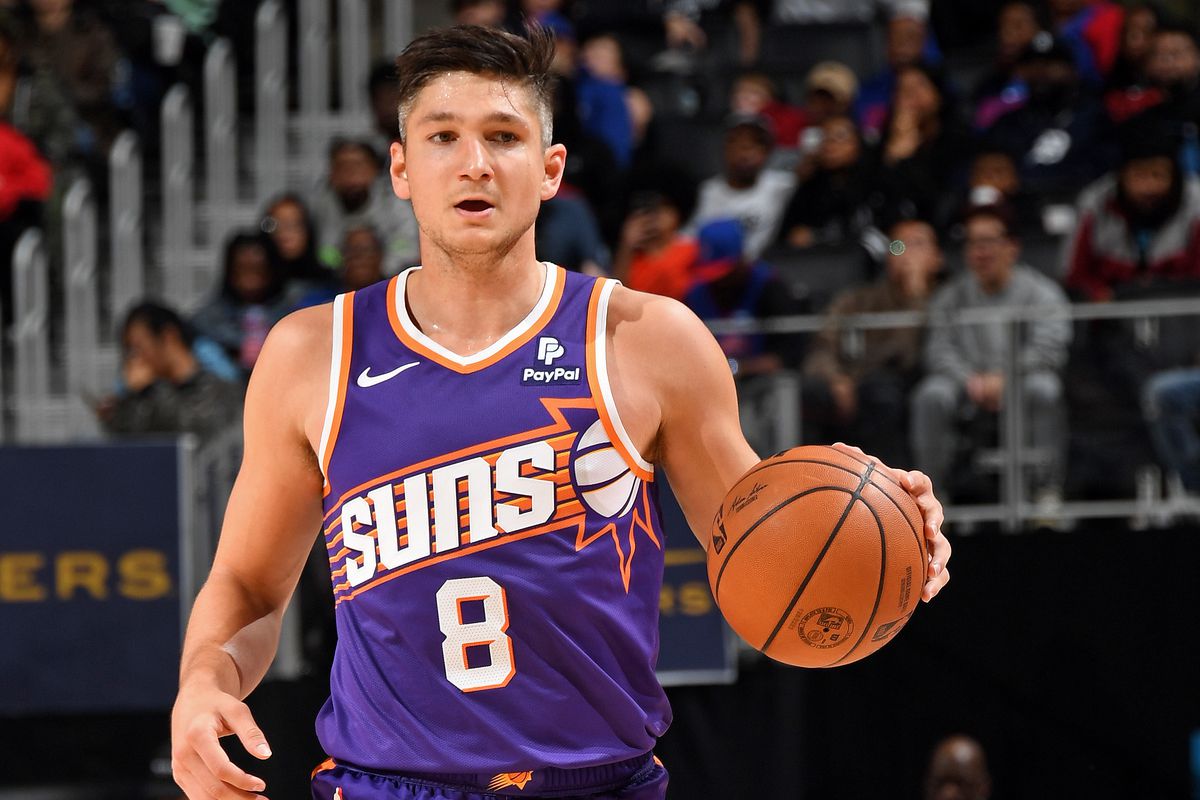
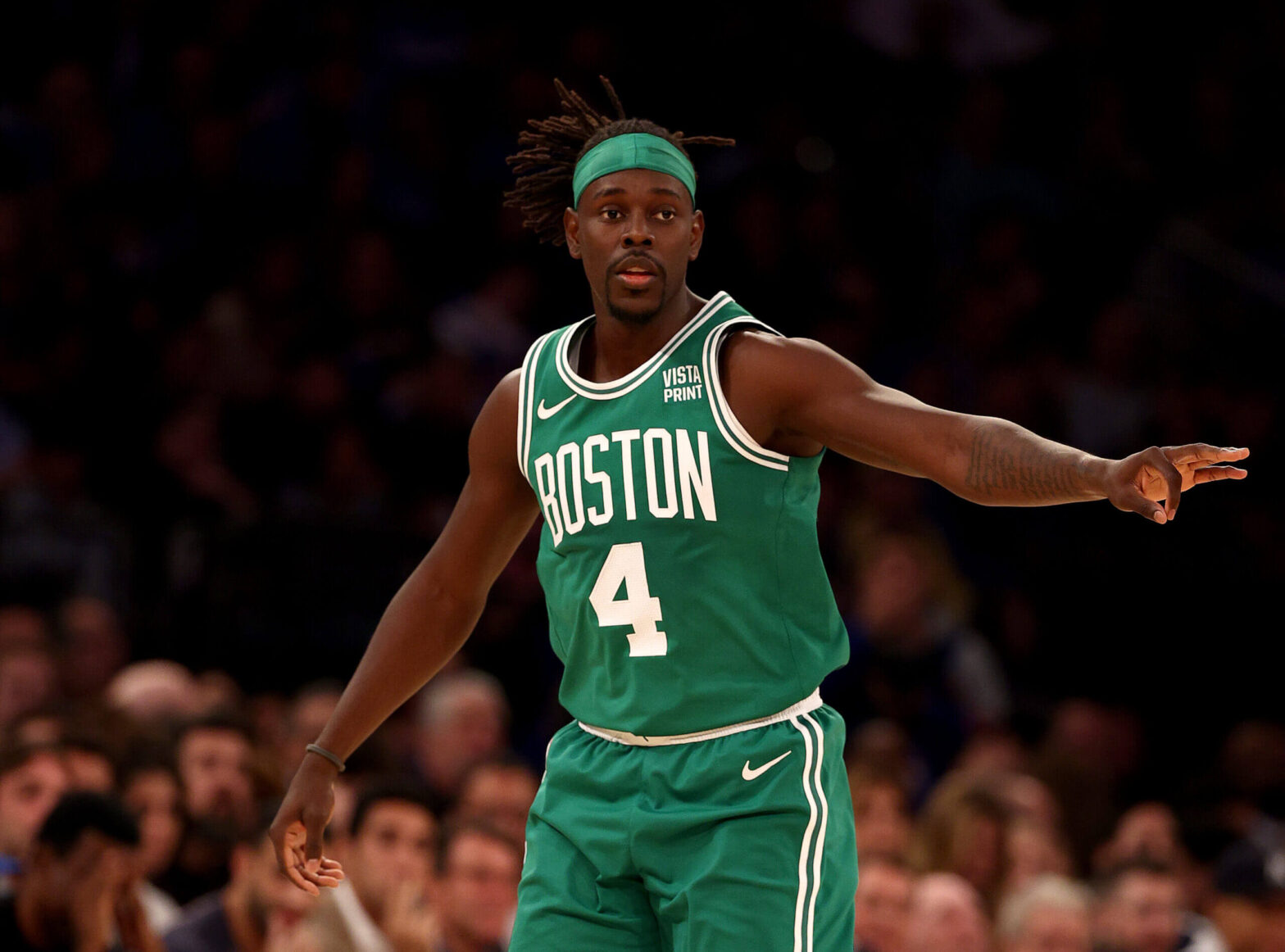
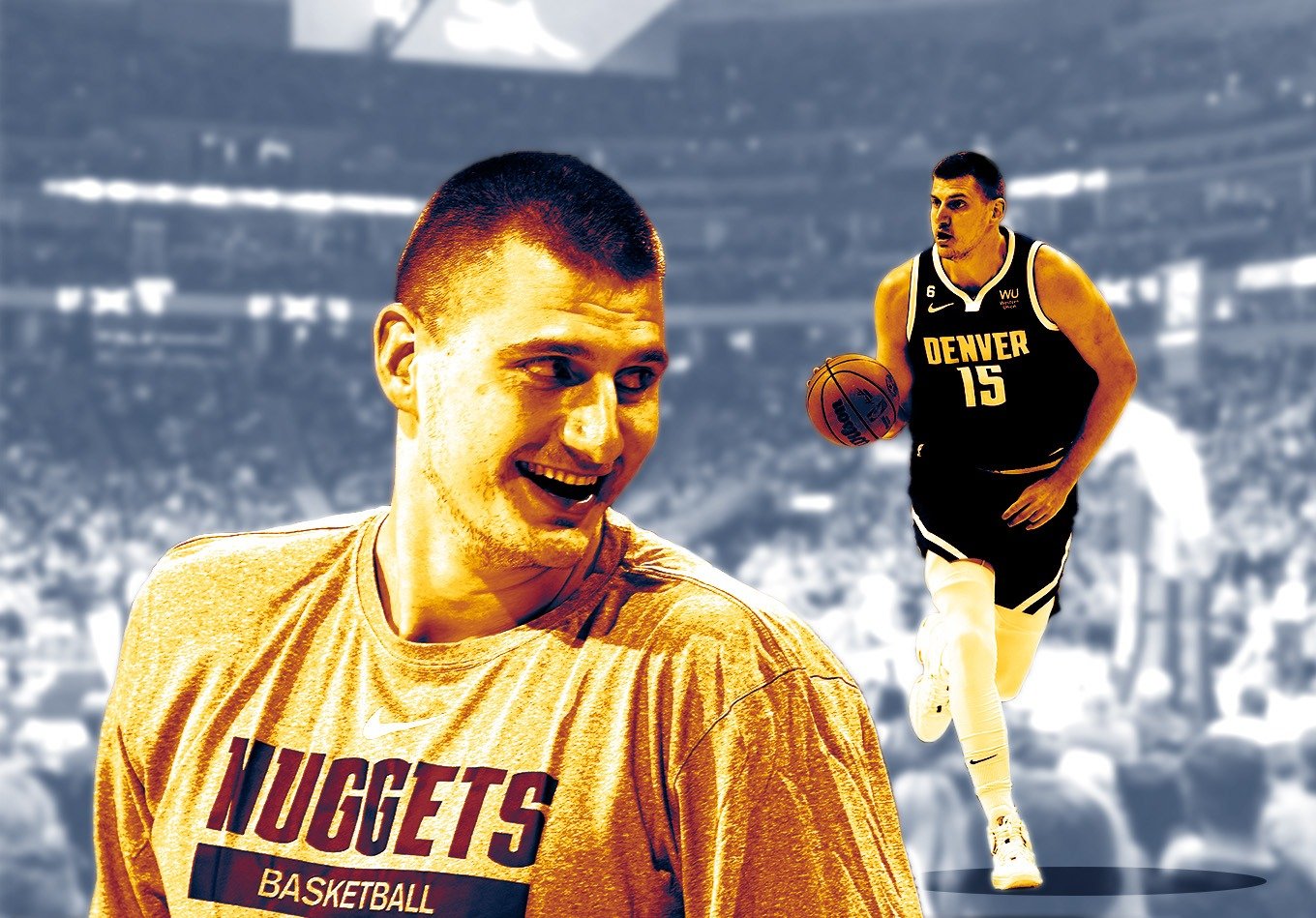
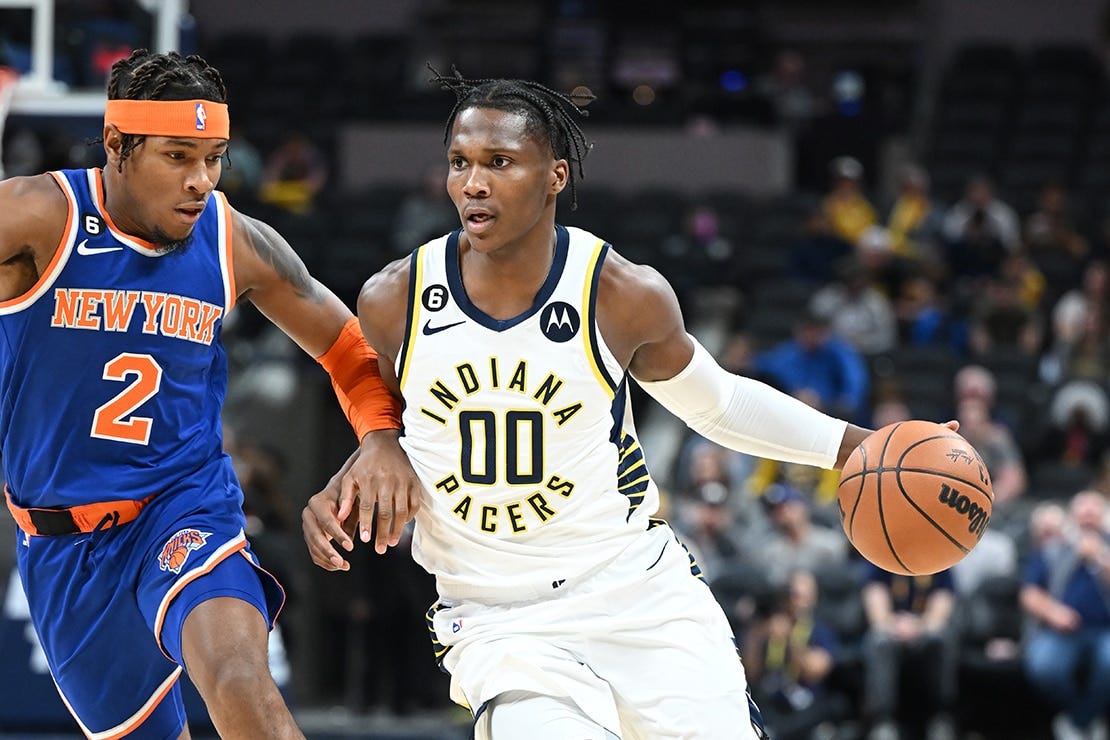
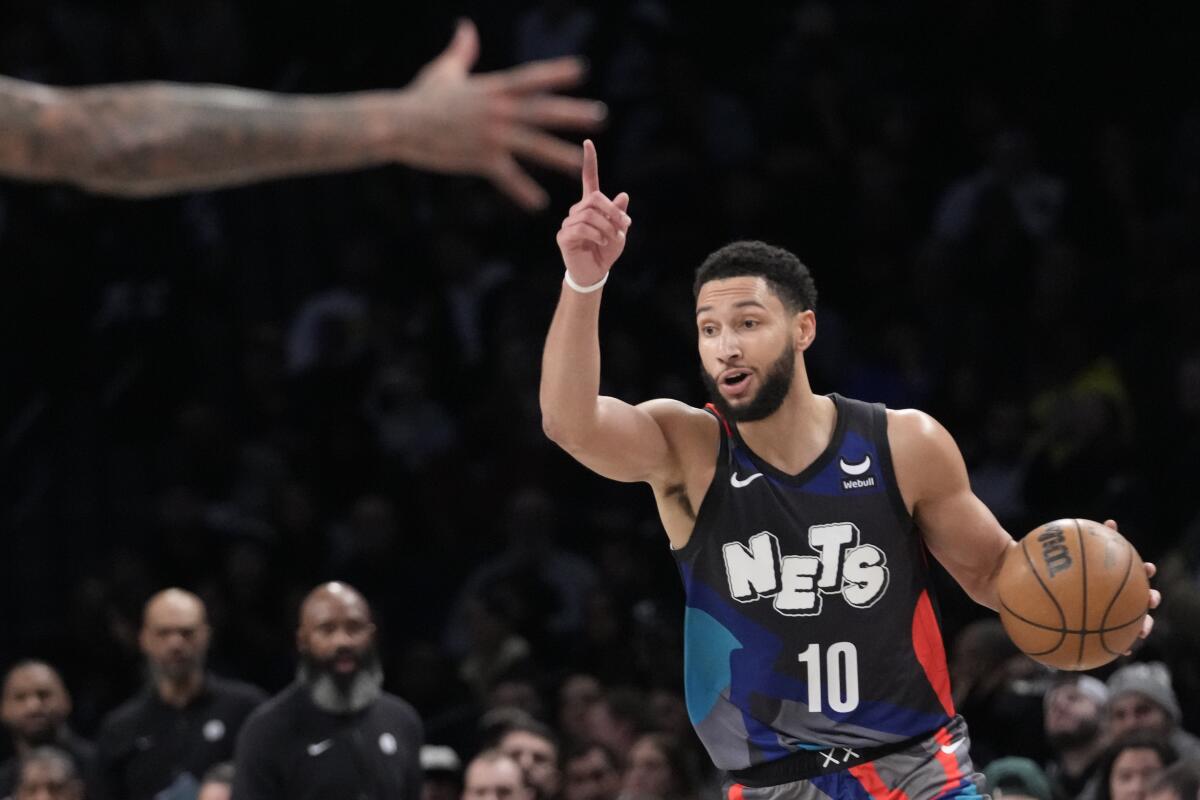
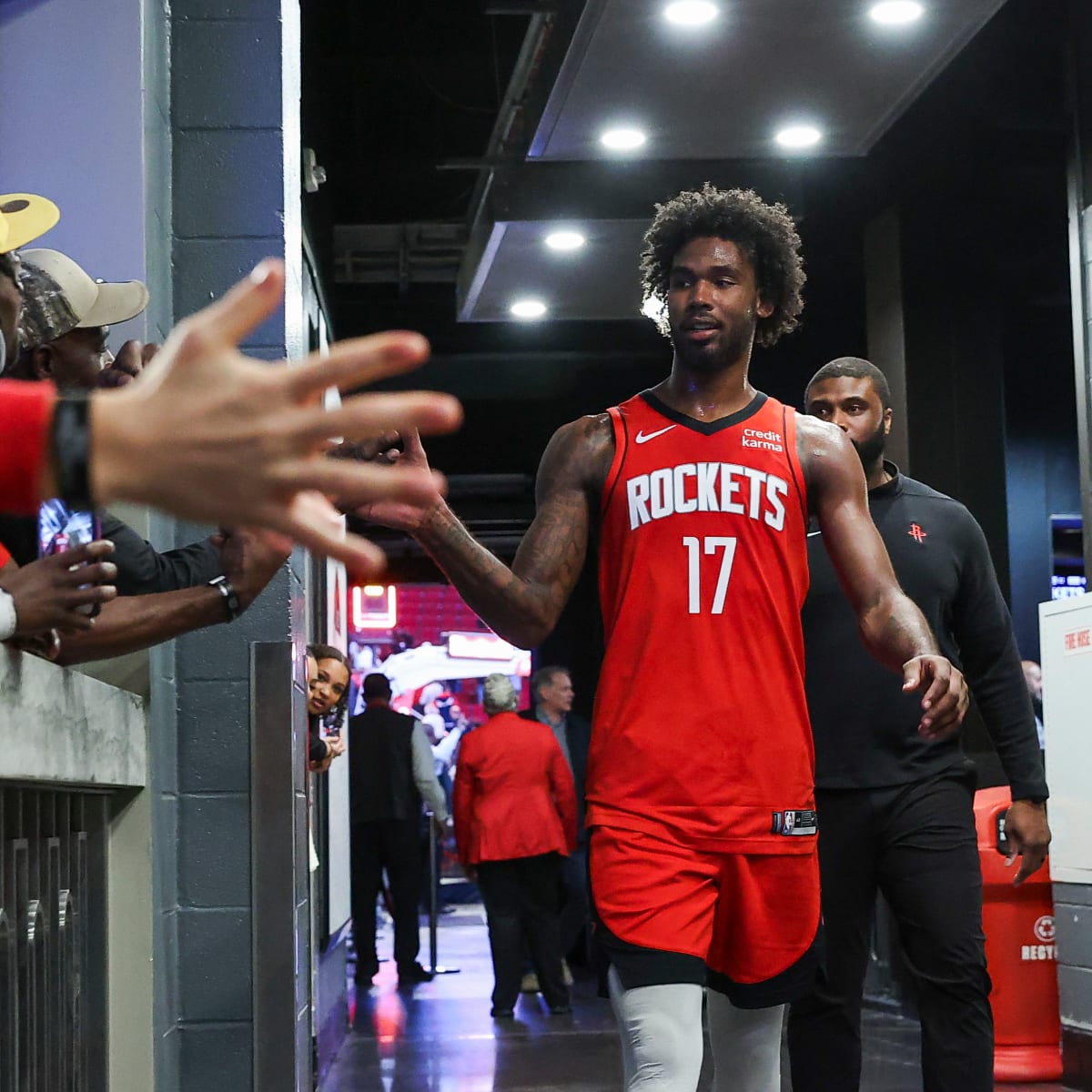
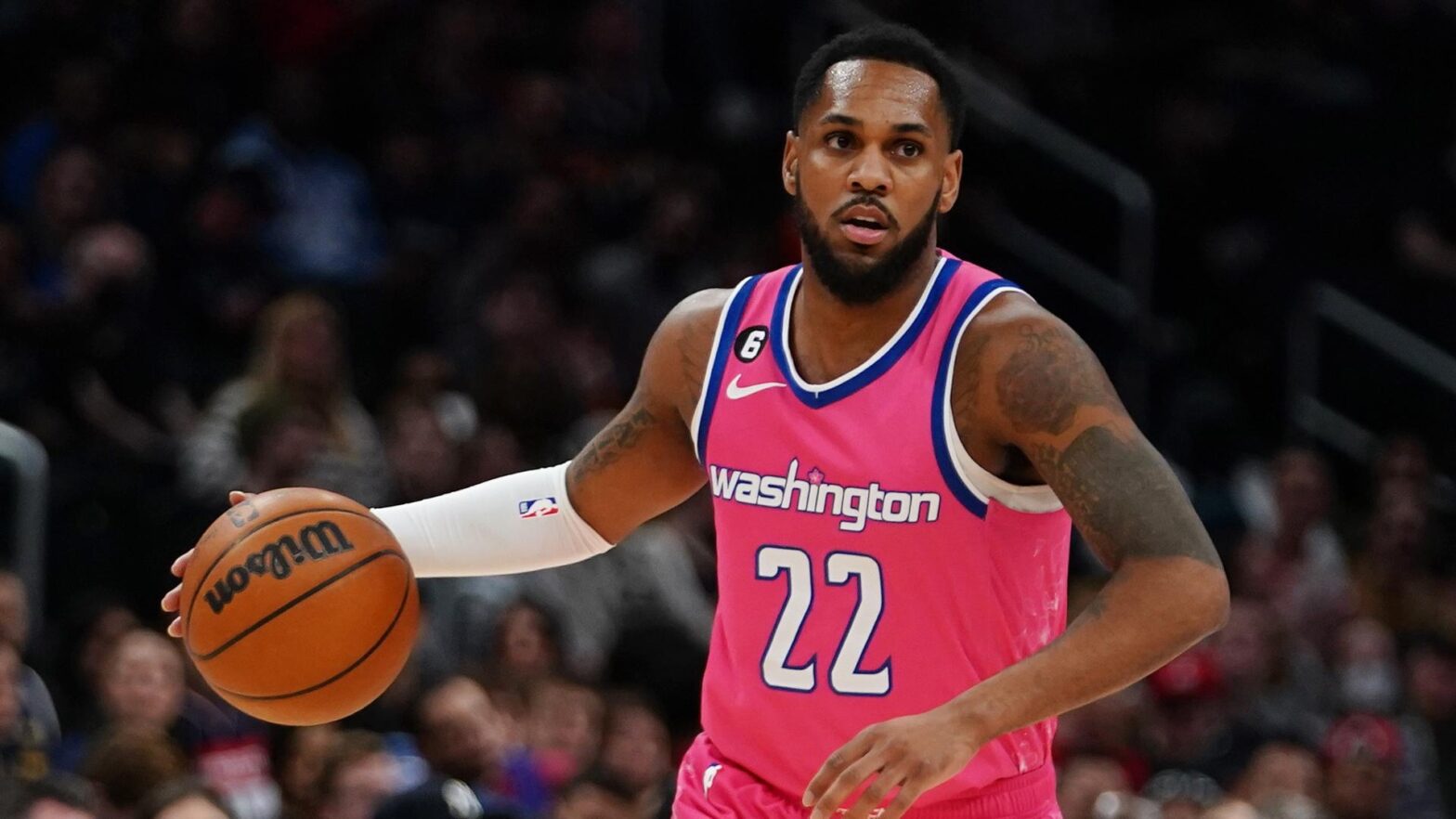
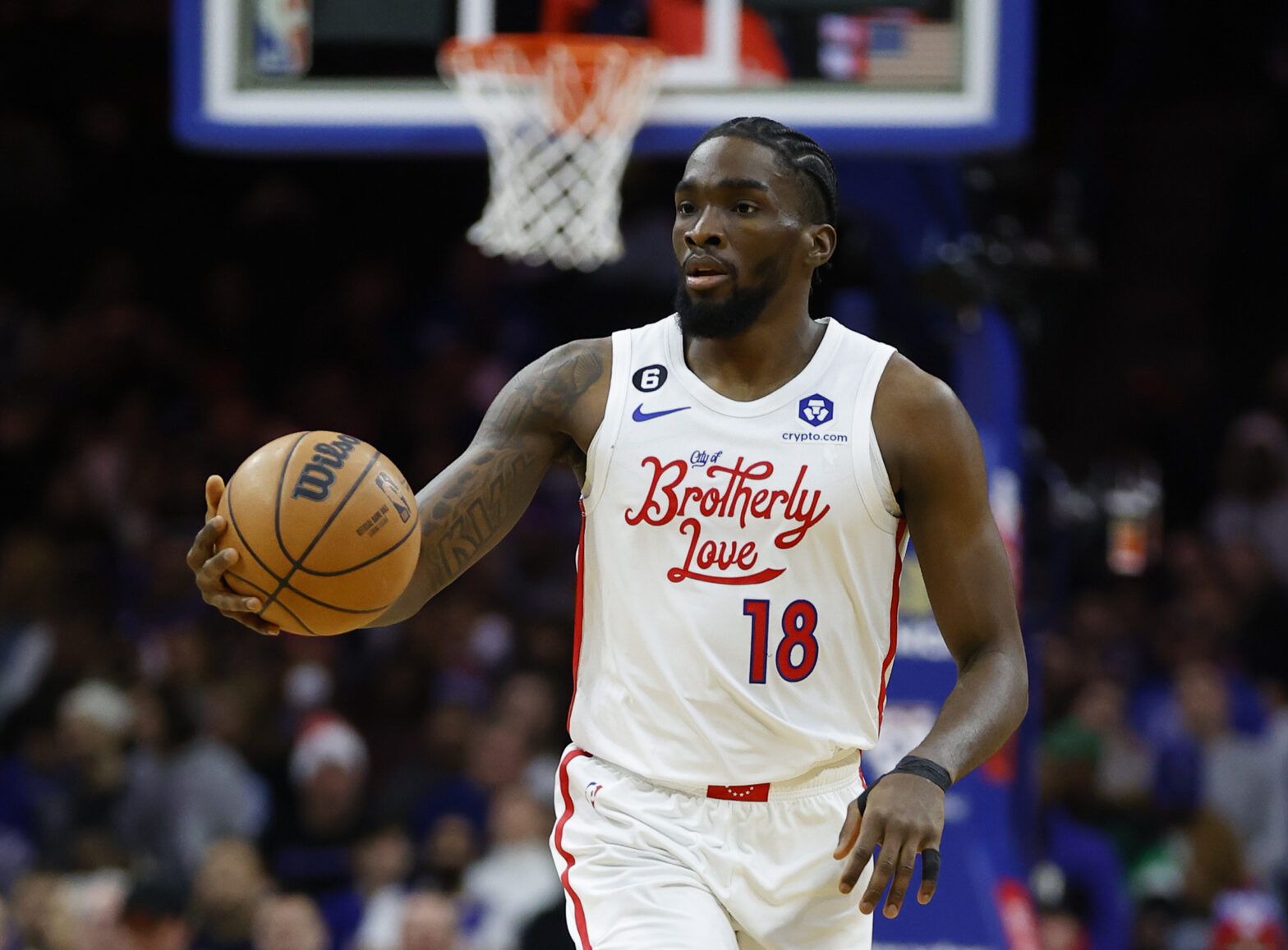
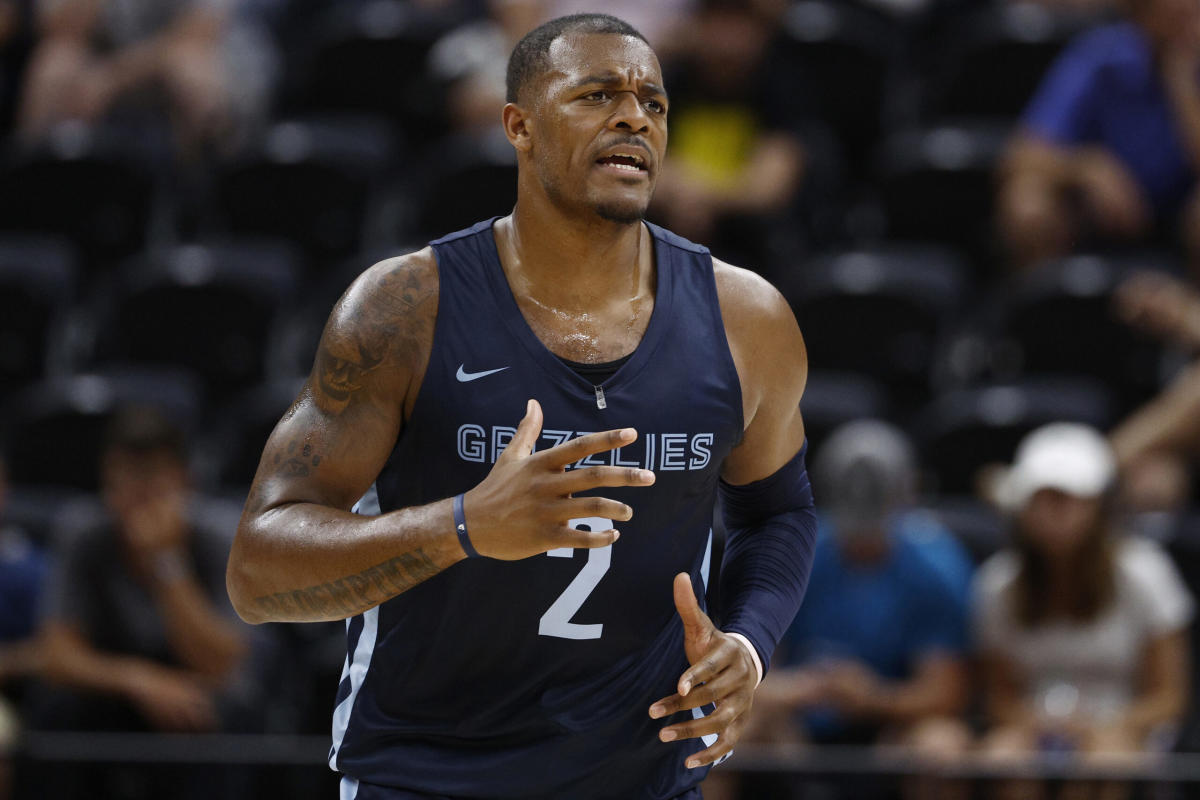
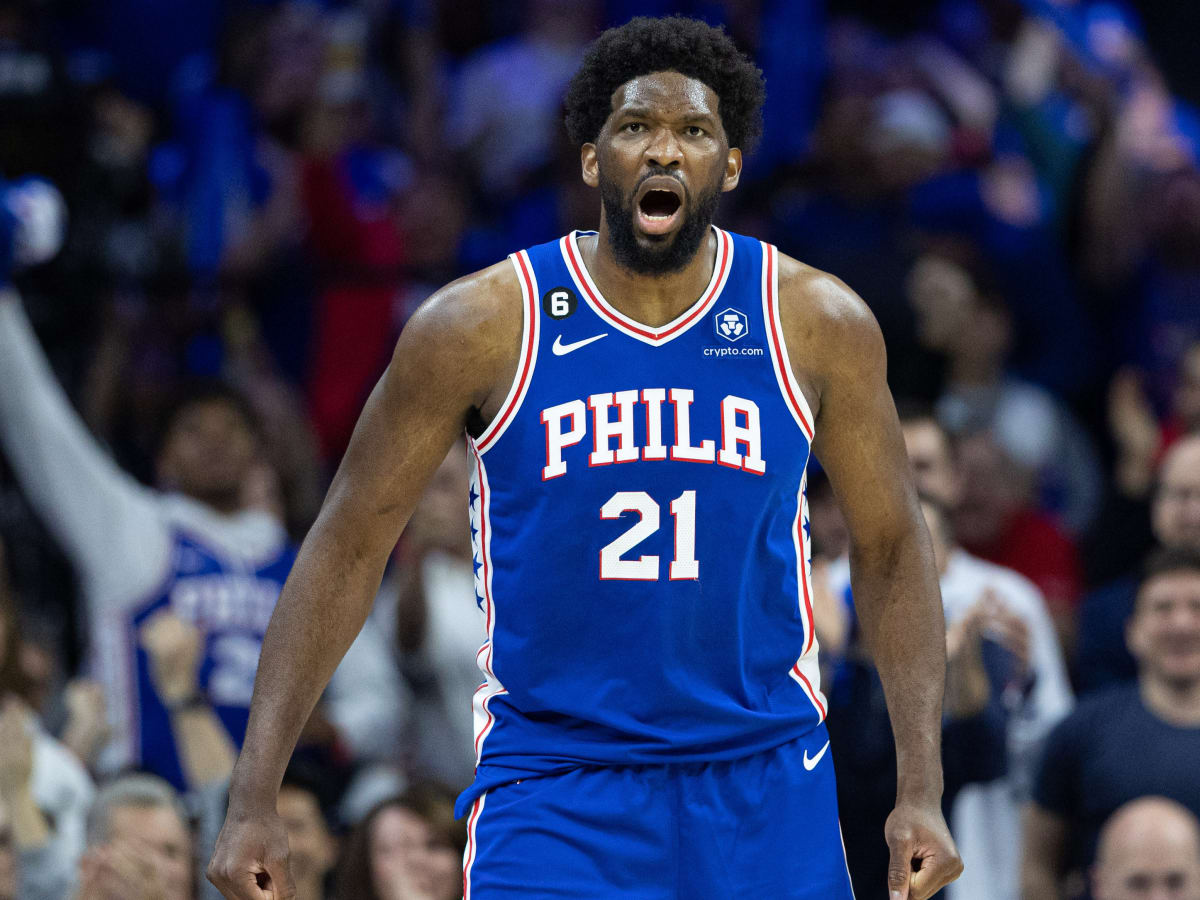
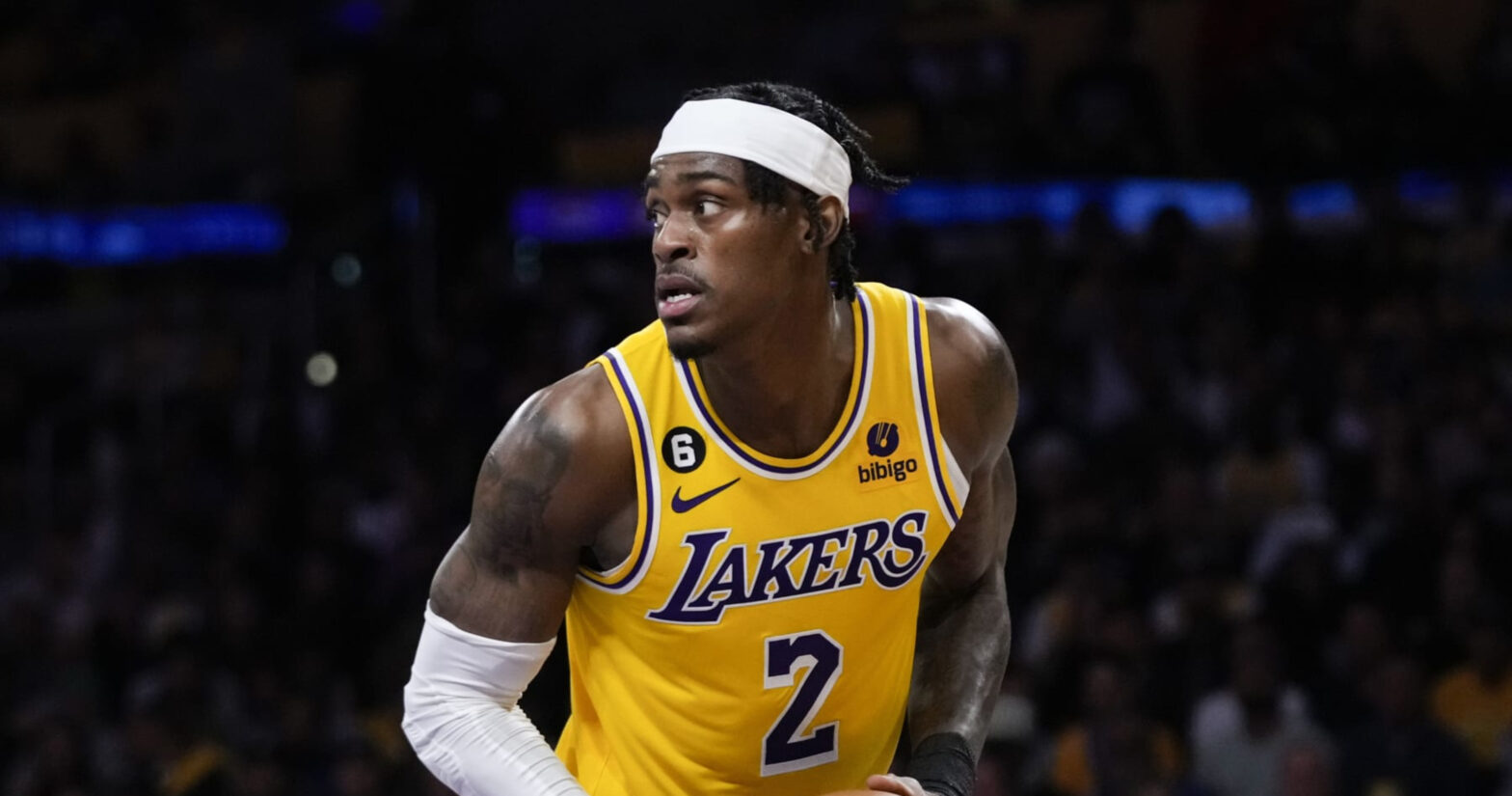
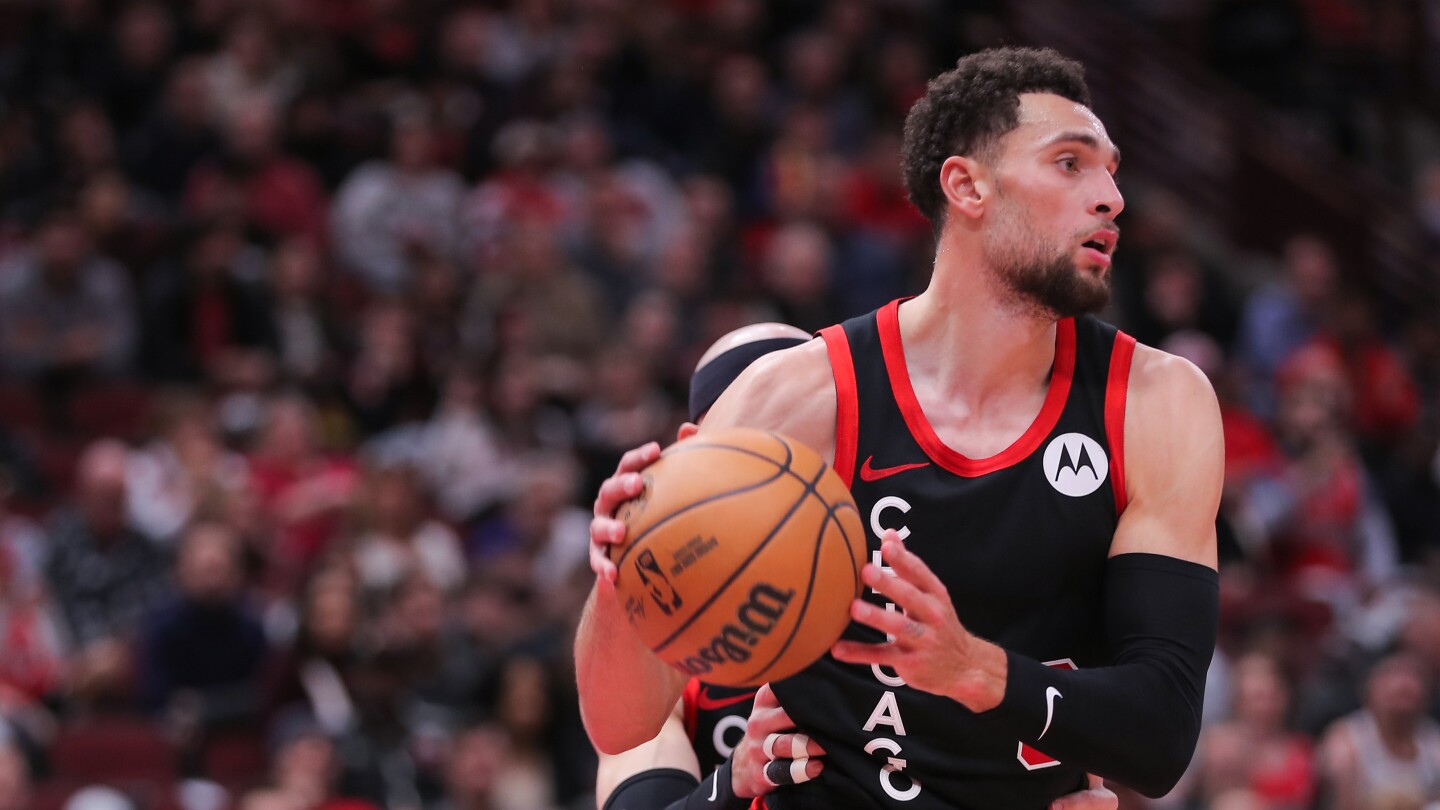
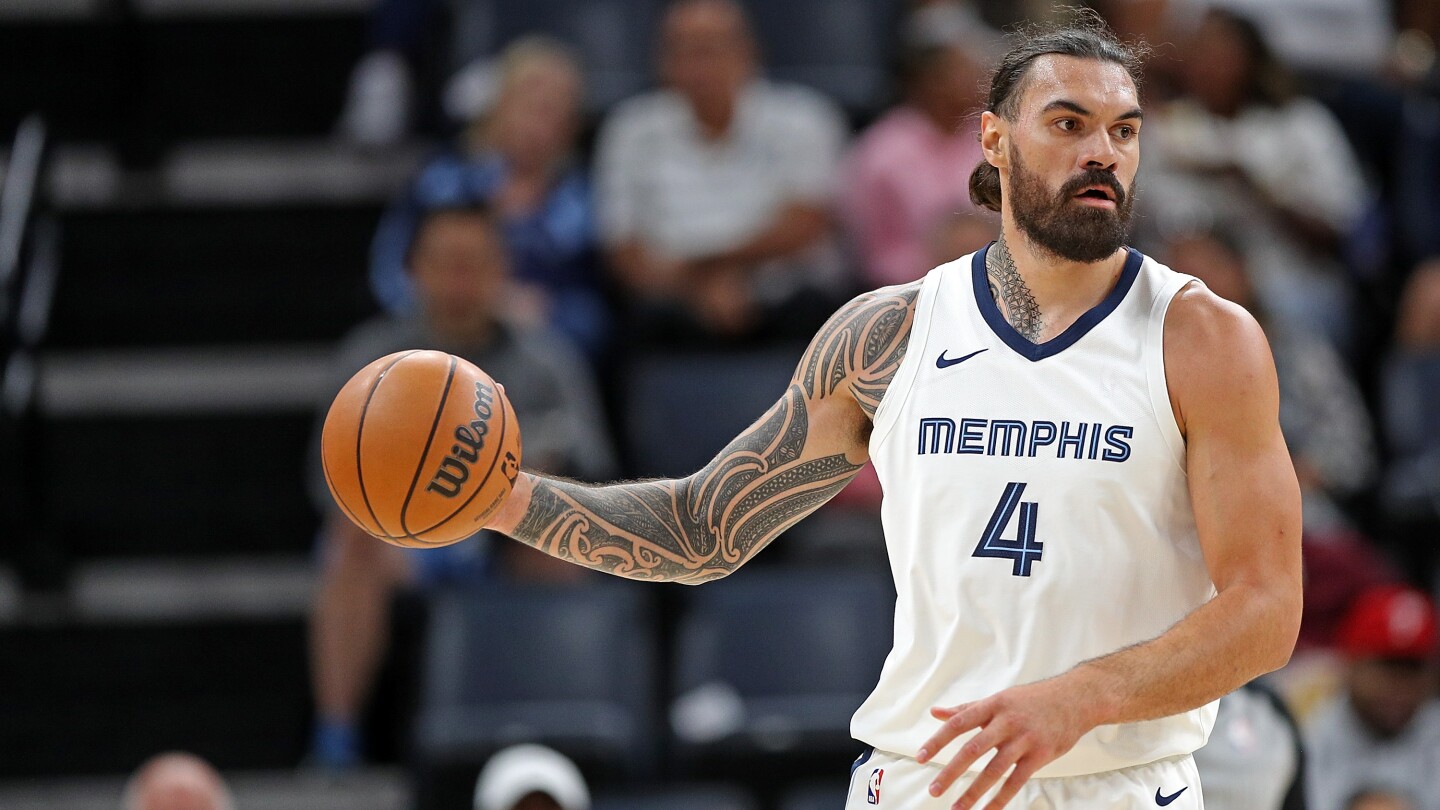
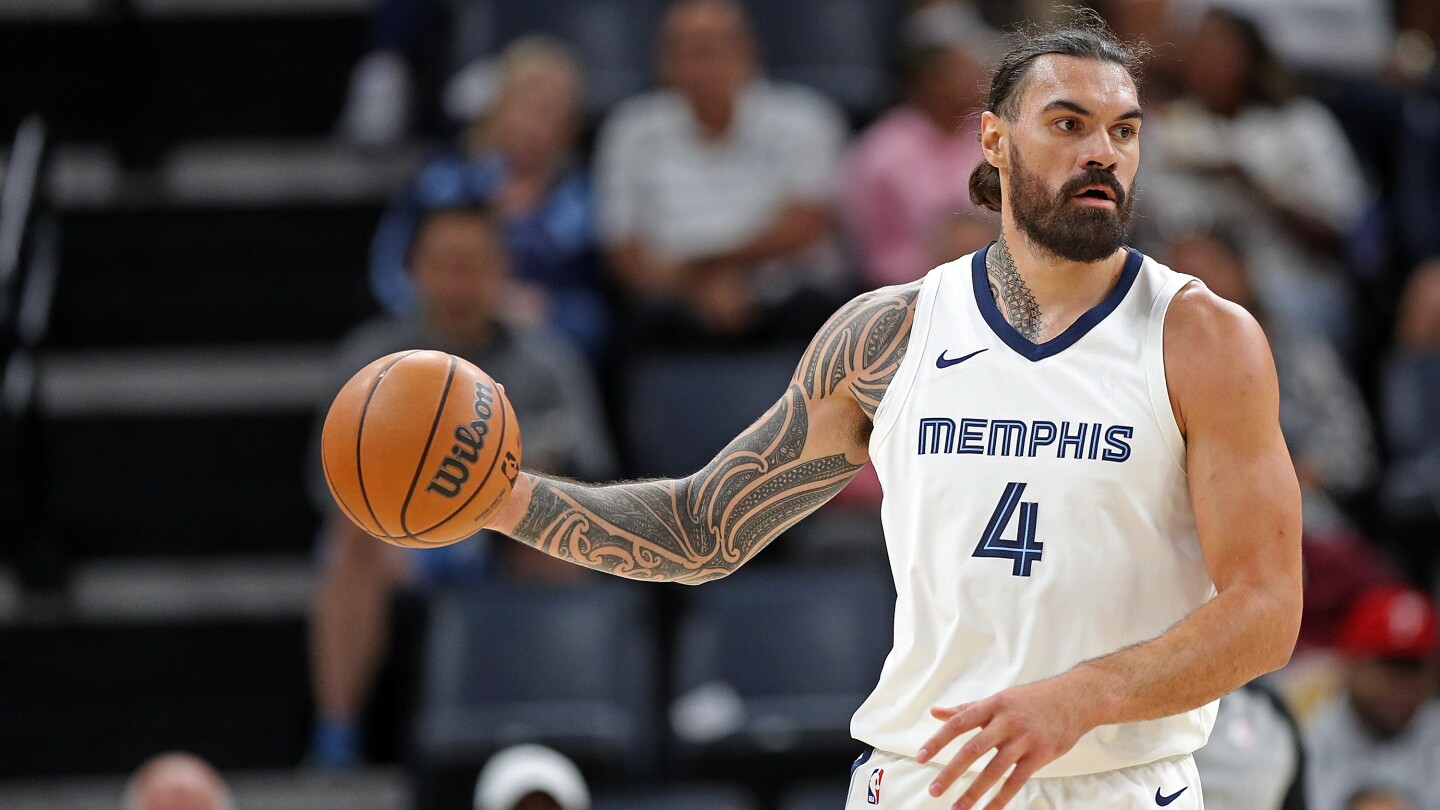
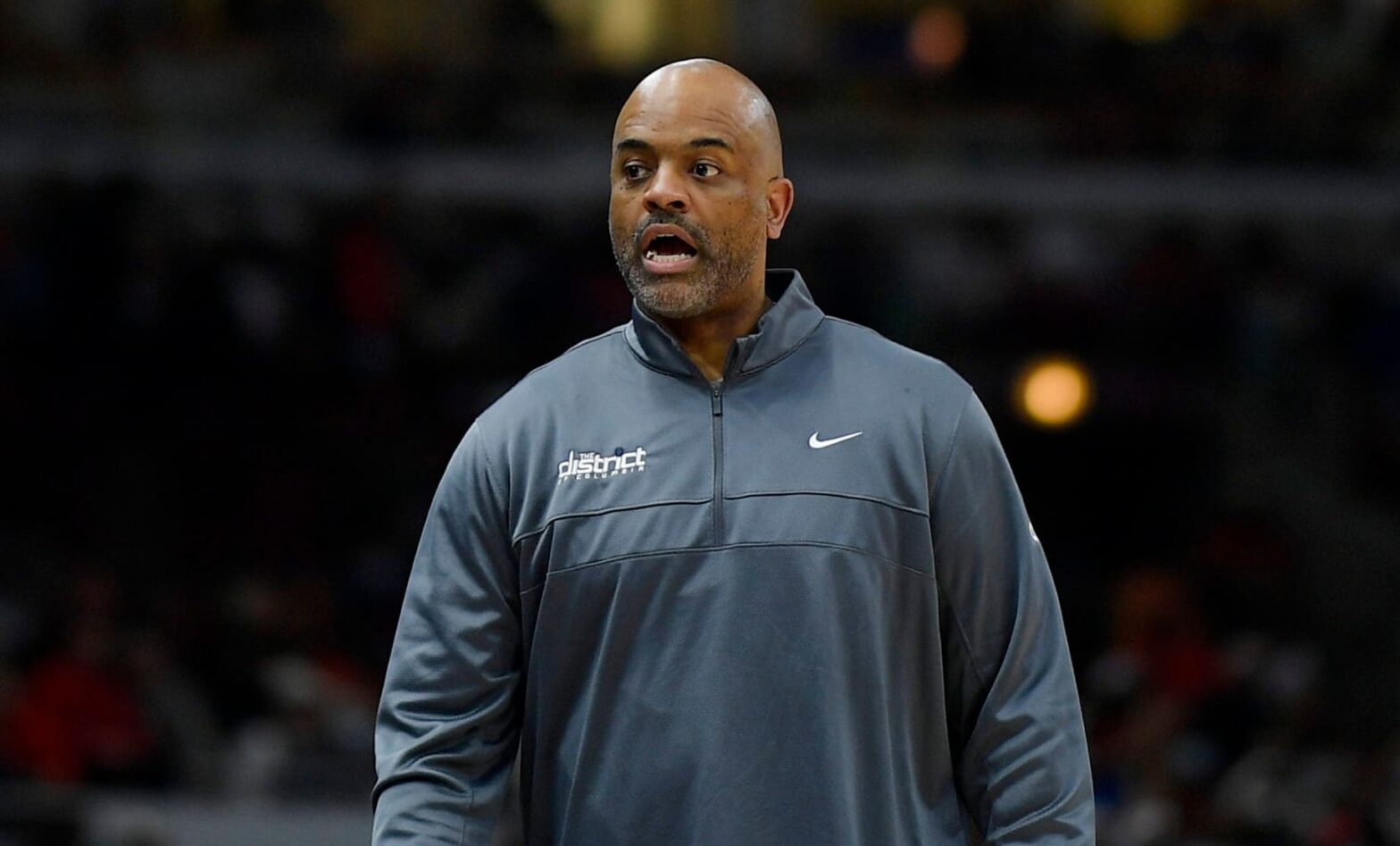
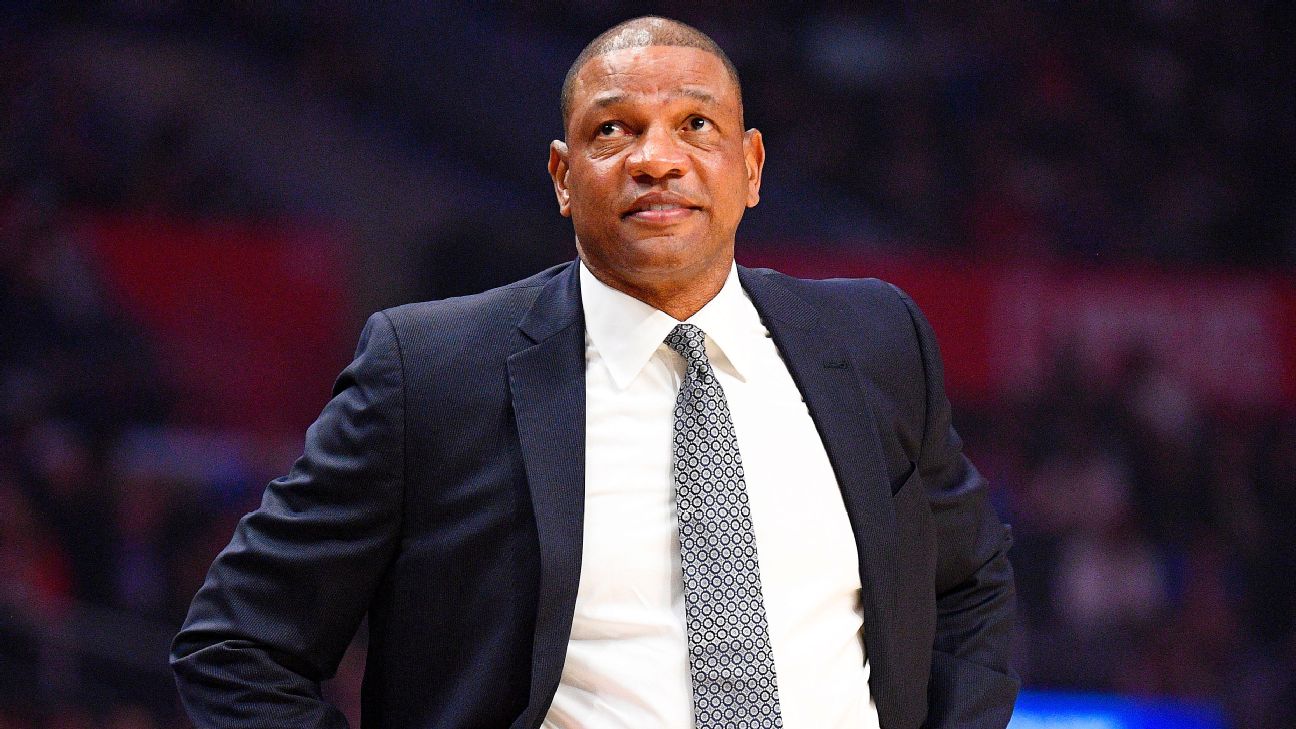
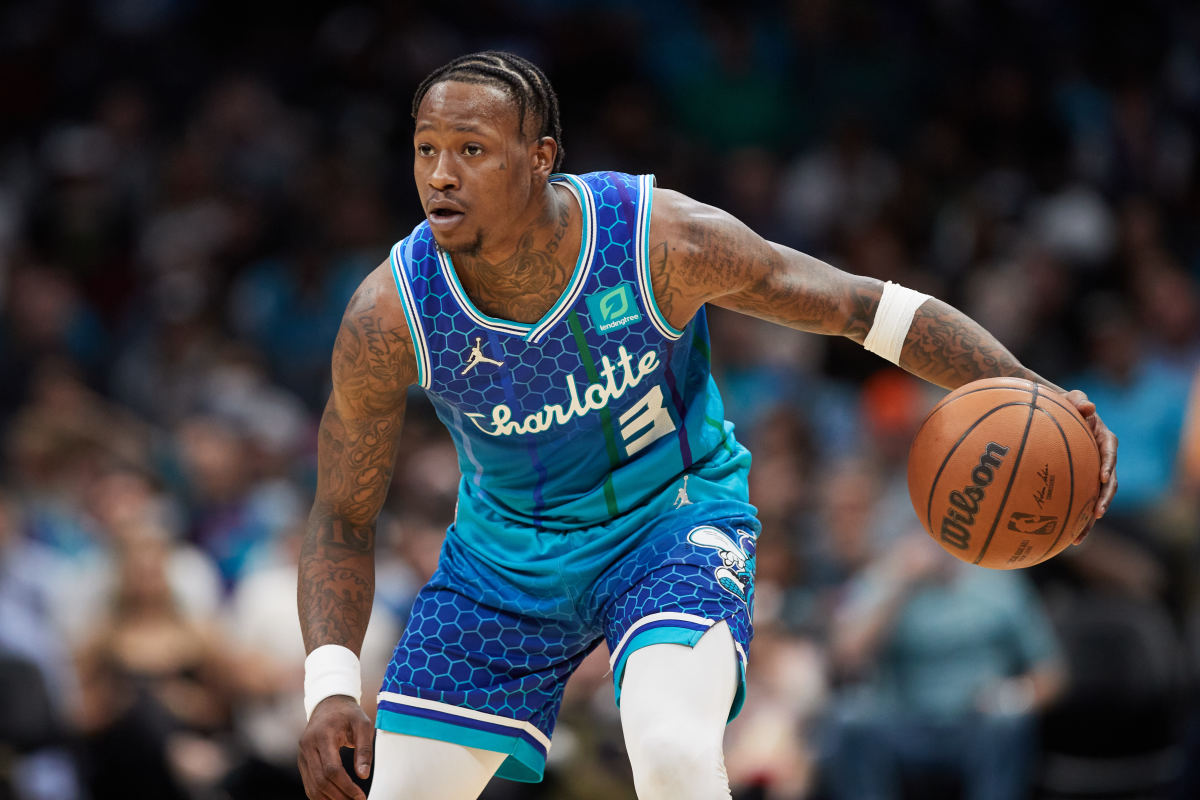
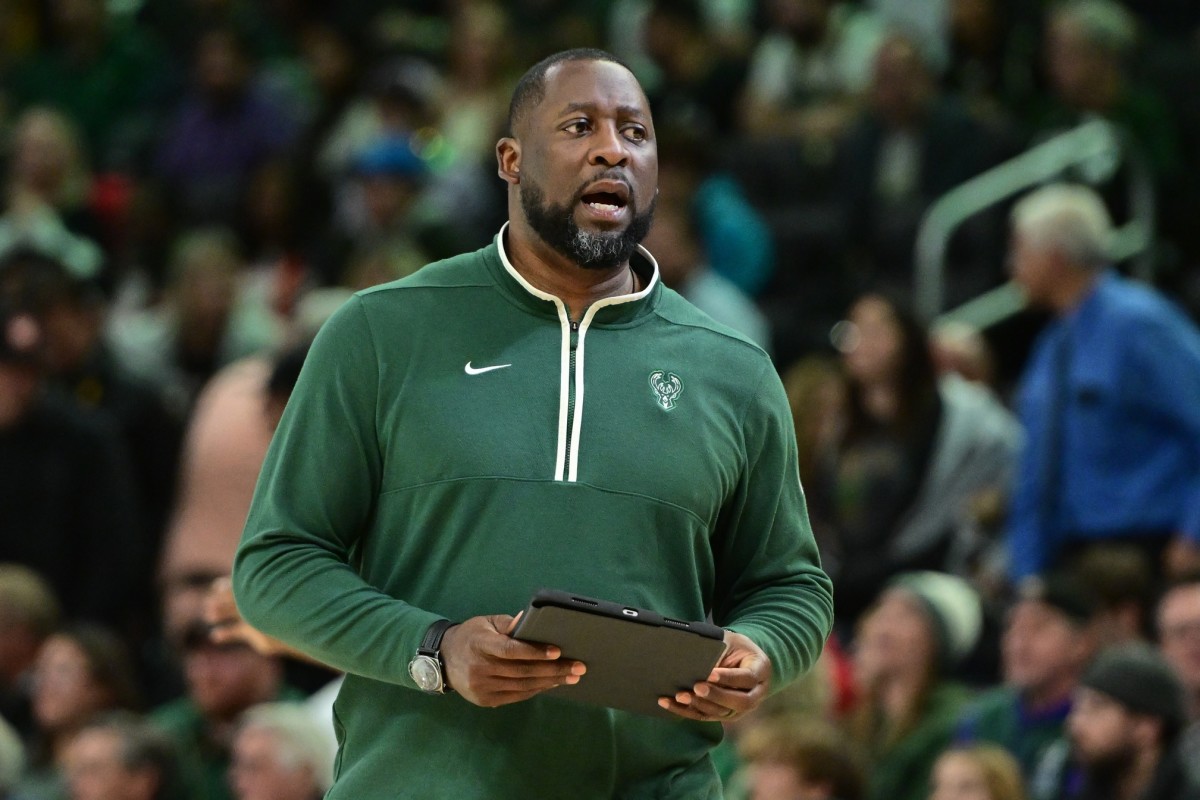
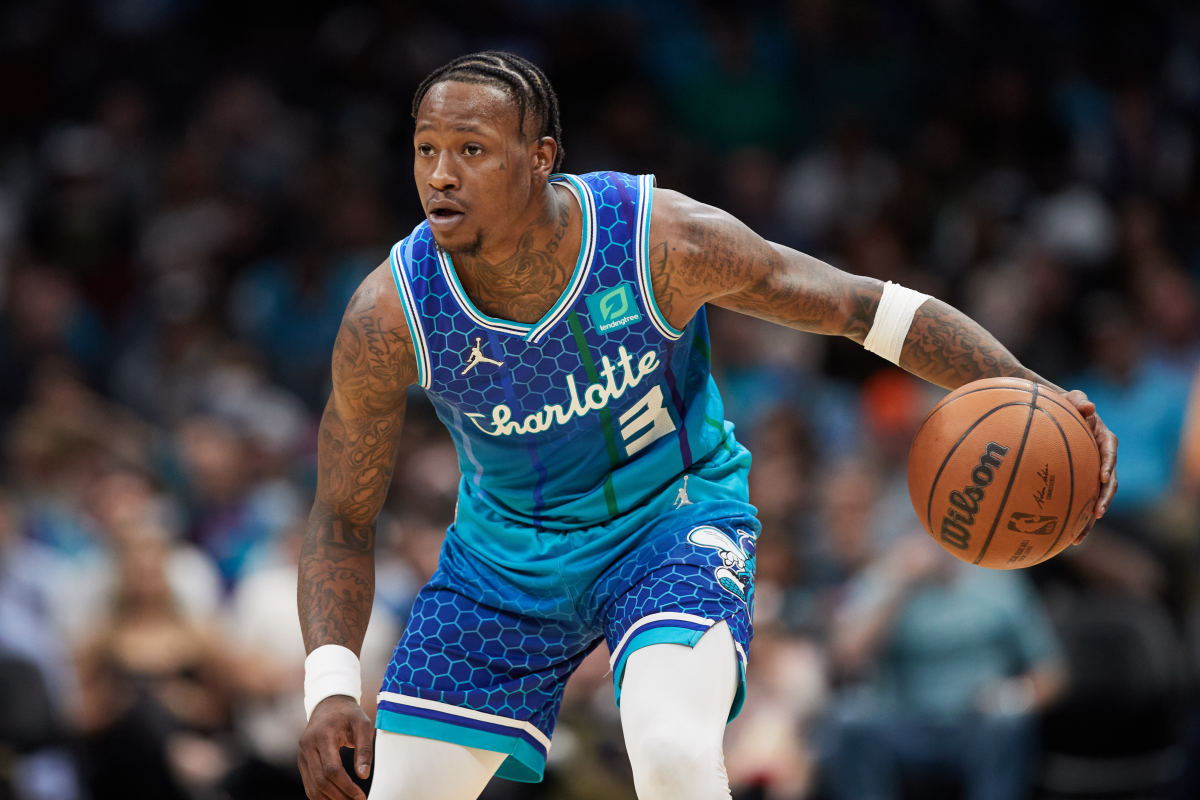
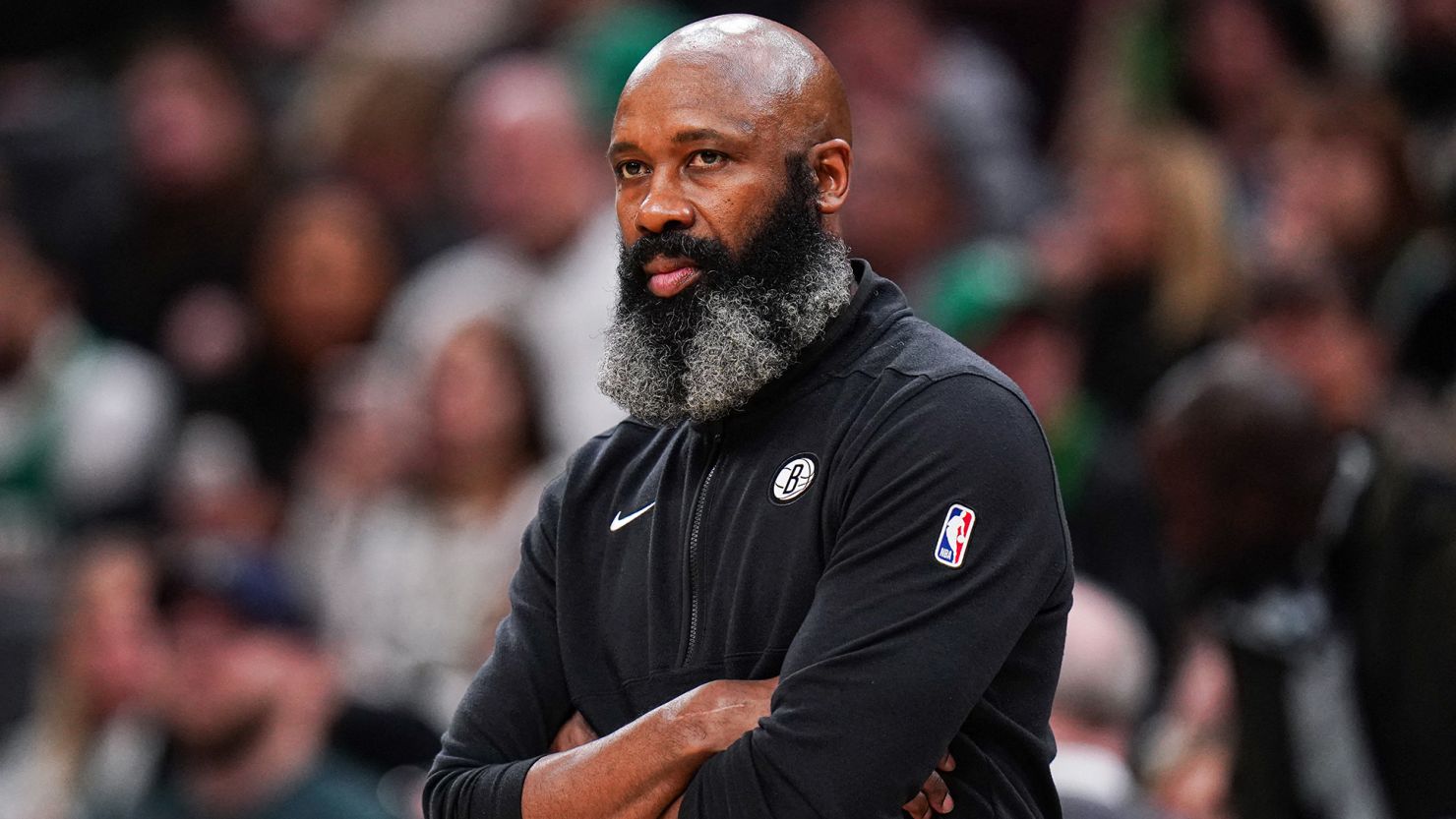
 Sign in to Pro Sports Outlook for quick and easy access to all of your favorite teams.
Sign in to Pro Sports Outlook for quick and easy access to all of your favorite teams.
 Sign up to Pro Sports Outlook for quick and easy access to all of your favorite teams.
Sign up to Pro Sports Outlook for quick and easy access to all of your favorite teams.